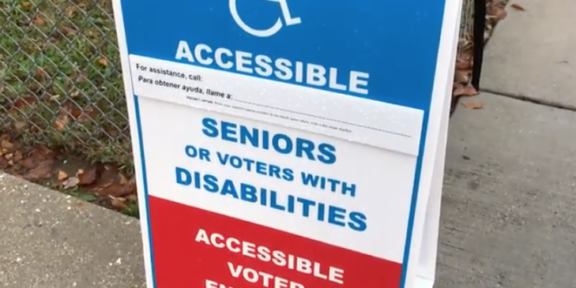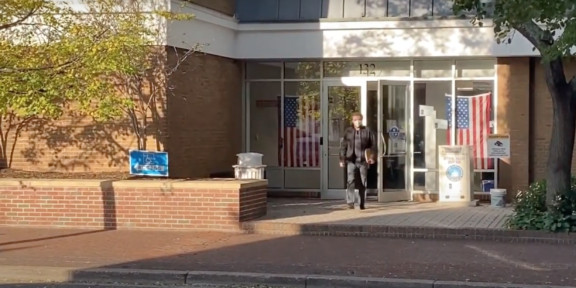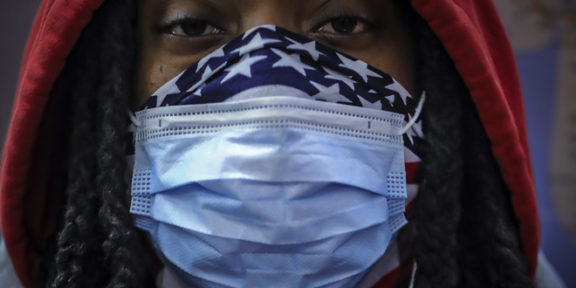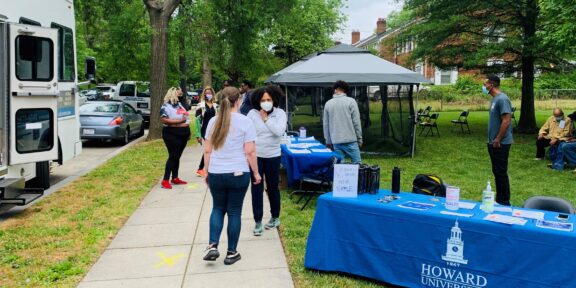The month of March is known for its warming temperatures and early signs of Spring. For some D.C. residents, however, it can be a difficult period, as intermittent cold snaps and frequent rainfall can create dangerous conditions for those experiencing homelessness.
Maya King spoke with Michael Ferrell, executive director of the D.C. Coalition for the Homeless, about what advocates and public officials are doing during this season to ensure all residents’ safety.
- What are the D.C. Homeless Coalition and D.C. community-at-large doing to secure the safety of homeless people during the winter months?
D.C. government develops a winter plan every year to address providing additional resources to people experiencing homelessness. The plan goes into effect November 1-March 31 [which are considered D.C.’s coldest months]. The plan is developed by the D.C. inter-agency council on homelessness.
- What does the winter plan do?
The plan opens up additional public buildings, mostly recreational centers used to provide additional shelter for individuals. In addition to year-round beds. These include the Kennedy Recreation Center, Banneker School, Salvation Army, and Malcolm X Recreation Center, among others.
On top of that, the United Planning Organization operates a shelter hotline for people. The number is 202-399-7093 and it is also for people to call and report who they see on the streets when the weather is dangerous. A van providing assistance as needed, transportation, food, drink, etc.
- What do you believe more D.C. residents should know about homelessness during this time?
People, in general, may not be aware of all the services available to assist people during the winter months. January is a particularly cold month. According to data, [D.C. government and homeless coalition advocates] are meeting citizens’ basic needs. Basic needs include making sure they have adequate food and shelter.
- Do you feel like you have all of the resources you need to provide assistance to people experiencing homelessness?
At this moment believe we have sufficient resources to meet the need. Weather/how to respond is monitored daily. Cold alerts, hypothermia alerts. Hypothermia alerts occur more frequently, targeted to the homeless. Additional bed spaces [in public shelters] are also added.
You can read the entire 2019 Winter plan here.














